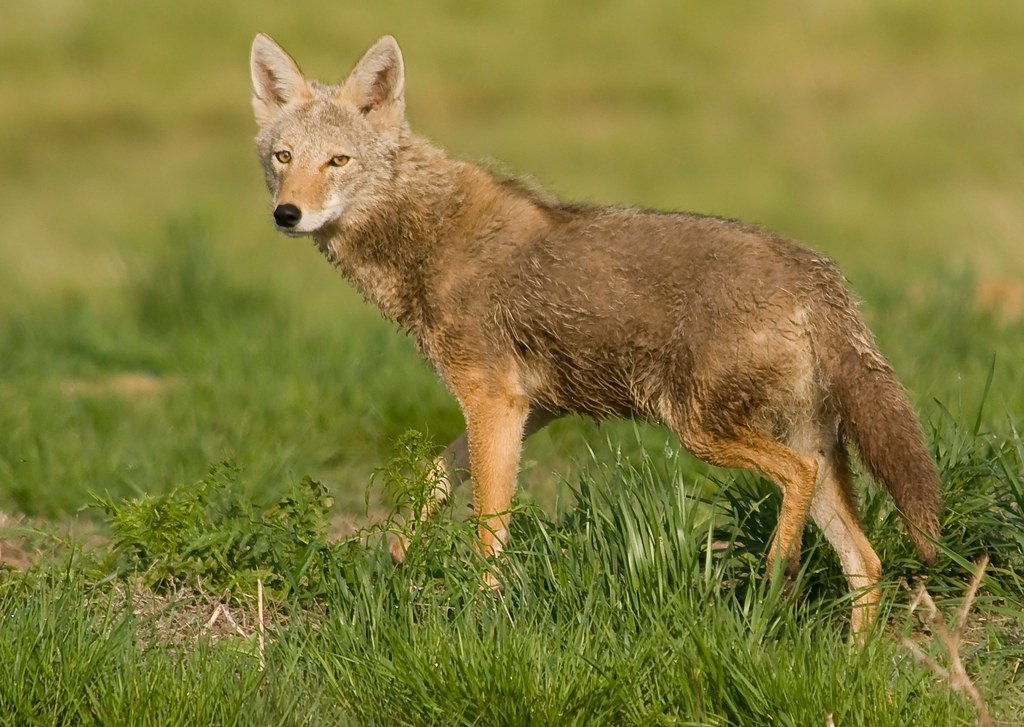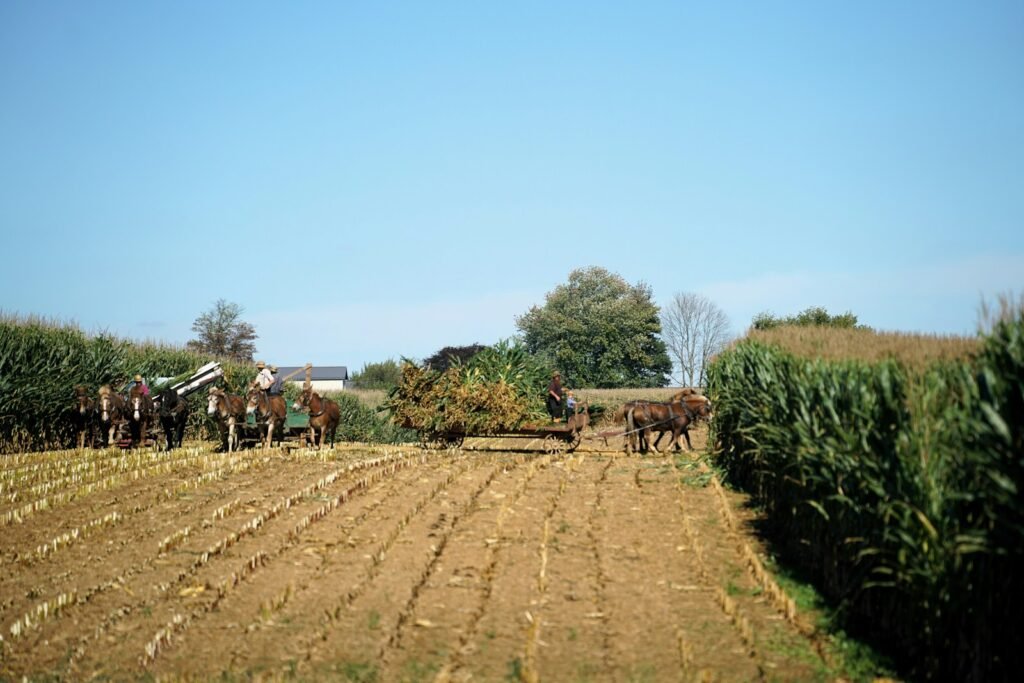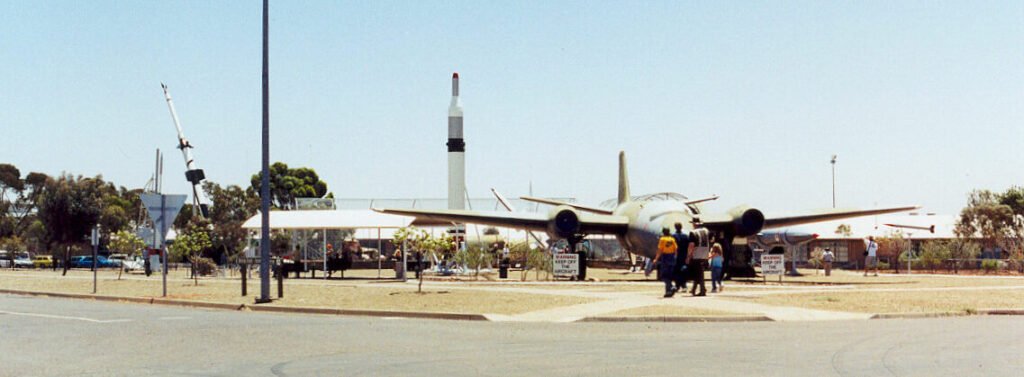Have you ever wondered why some people embrace life’s curveballs with open arms while others hunker down and wait for the storm to pass? The natural world offers fascinating insights into how we navigate transformation. Environmental pressures can lead to rapid behavioral shifts – also known as behavioral plasticity, and this mirrors exactly what happens when we face unexpected changes in our own lives.
Every individual has an idiosyncratic way of feeling, thinking and behaving, which is relatively stable across time and situations, yet we all possess different capacities for adaptation. Just as animals have evolved unique strategies to thrive in their environments, humans have developed distinct approaches to managing change. Let’s dive in to discover which wild creature best mirrors your personal transformation style.
The Chameleon: Master of Instant Adaptation

You might be the human equivalent of a chameleon if change feels like second nature to you. These remarkable creatures don’t just change color for camouflage, they shift their entire appearance based on mood, temperature, and social situations.
Chameleon people possess an extraordinary ability to read the room and adjust accordingly. When your company announces a major restructuring, you’re already mentally preparing three different career paths. Your friends marvel at how quickly you bounce back from setbacks, transforming challenges into opportunities with seemingly effortless grace.
The Arctic Tern: Embracing Massive Life Transitions

The Arctic tern flies over 44,000 miles annually between polar regions – more than any other creature. It relies on celestial navigation and Earth’s magnetic field to guide its incredible journey. If you’re drawn to major life overhauls rather than small adjustments, you share this bird’s adventurous spirit.
Arctic tern personalities don’t do anything halfway. You might relocate across the country for a new job, completely change careers in your forties, or decide to learn an entirely new skill set just because it excites you. Where others see risk, you see possibility.
The Octopus: Strategic Intelligence in Change

Octopuses represent the ultimate problem-solvers of the animal kingdom. These creatures don’t just adapt, they innovate. They can alter their texture, color, and shape while simultaneously planning complex escape routes and tool usage.
If you approach change like an octopus, you’re probably the person your friends call when they need creative solutions. You analyze situations from multiple angles, develop backup plans for your backup plans, and somehow make the most complicated transitions look elegant and well-orchestrated.
The Bear: Hibernation as a Change Strategy

While bears do hibernate in the winter, this doesn’t mean they sleep the season away! Ideally, they store enough fat in their body over the summer so they can survive the longest, coldest months of the year. This behavioral adaptation is helpful when food is scarce in the winter.
Bear personalities recognize that sometimes the best response to overwhelming change is strategic withdrawal. You prepare thoroughly, conserve your energy during turbulent times, and emerge stronger when conditions improve. This isn’t avoidance, it’s wisdom wrapped in patience.
The Monarch Butterfly: Complete Transformation Specialists

Monarch butterflies have adapted to fly south for the winter and return north when it warms up. Monarch butterflies migrate south in the fall, just like birds do, to escape the cold weather up north. Monarchs are among the most well-known butterflies for this type of extensive two-way migration, though other butterfly species like painted ladies also migrate seasonally.
If you identify with the monarch butterfly, change isn’t just something that happens to you, it’s something you orchestrate beautifully. You understand that true transformation requires both dramatic shifts and precise timing. You’re willing to completely reinvent yourself when circumstances call for it.
The Wolf: Community-Centered Change Navigation

Cooperative hunting: Wolves hunt in packs to catch big prey and rely heavily on their social structures for survival. These animals demonstrate that change doesn’t have to be a solo journey.
Wolf personalities instinctively seek support systems during transitions. You value input from trusted friends, family, or mentors before making major decisions. Change feels more manageable when you know your pack has your back, and you’re equally committed to helping others through their transformations.
The Beaver: Building Through Change

Beavers are social animals that live in “colonies” of 4-8 beavers and are famous for their dam-building capabilities. These engineering marvels show us how to create stability within changing environments.
Beaver personalities approach change by immediately focusing on what they can build or improve. When life throws you a curveball, your first instinct is to roll up your sleeves and start constructing solutions. You’re the friend who turns moving day into a home improvement project and somehow makes it fun.
The Elephant: Memory-Guided Adaptation

Elephants possess extraordinary memories that span decades, allowing them to navigate droughts by remembering distant water sources and recognize family members after years of separation. This cognitive strength makes them incredibly resilient to environmental challenges.
If you’re an elephant personality, you approach change by drawing wisdom from past experiences. You rarely make the same mistake twice, and you help others by sharing insights from your journey. Your ability to connect current situations to historical patterns makes you an invaluable advisor during uncertain times.
The Dolphin: Playful Innovation Under Pressure

Dolphins are renowned for their intelligence, social bonds, and remarkable ability to learn new behaviors quickly. They approach challenges with curiosity rather than fear, often turning problem-solving into a form of play.
Dolphin personalities maintain their sense of humor and creativity even during stressful transitions. You’re the person who finds ways to make change feel less overwhelming by injecting levity and innovation into difficult situations. Your optimistic approach often inspires others to see possibilities they hadn’t considered.
The Lizard: Shedding What No Longer Serves

A famous example of an animal adapting to a change in its environment is England’s peppered moth (Biston betularia). As the Industrial Revolution changed the environment, the appearance of the peppered moth changed. Their darker color blended in with the trees, which were stained by industrial pollution. Like these moths and other species, some animals excel at discarding outdated traits.
Lizard personalities understand that successful change often requires letting go of things that once served you well. You’re willing to shed old habits, relationships, or beliefs that no longer align with your evolving circumstances. This can be painful, though you recognize it’s essential for growth.
Finding Your Change Animal

Humans are the most adaptable species on Earth, which is because of our higher intelligence over all other animals. Adaptability is widely considered the most important human skill for survival, though the commonly attributed quote “It is not the strongest of the species that survives, nor the most intelligent that survives. It is the one that is most adaptable to change” was not actually said by Charles Darwin.
Your change animal isn’t necessarily fixed for life. You might be a chameleon in your career but a bear when it comes to relationships. The key is recognizing which approach serves you best in different situations and understanding that each strategy has unique strengths worth celebrating.
Conclusion

From an evolutionary perspective, research has shown that personality differences are manifest in distinctive forms of dealing with selective pressures, with consequences for fitness. Your particular approach to change isn’t just a quirk, it’s a survival strategy that has served you well.
Whether you’re a strategic octopus, a migrating Arctic tern, or a community-minded wolf, embracing your natural change style can make life’s inevitable transitions feel less daunting and more authentic. Which wild animal do you think best captures your approach to transformation? What surprises you most about your change animal’s survival strategies?

Jan loves Wildlife and Animals and is one of the founders of Animals Around The Globe. He holds an MSc in Finance & Economics and is a passionate PADI Open Water Diver. His favorite animals are Mountain Gorillas, Tigers, and Great White Sharks. He lived in South Africa, Germany, the USA, Ireland, Italy, China, and Australia. Before AATG, Jan worked for Google, Axel Springer, BMW and others.




